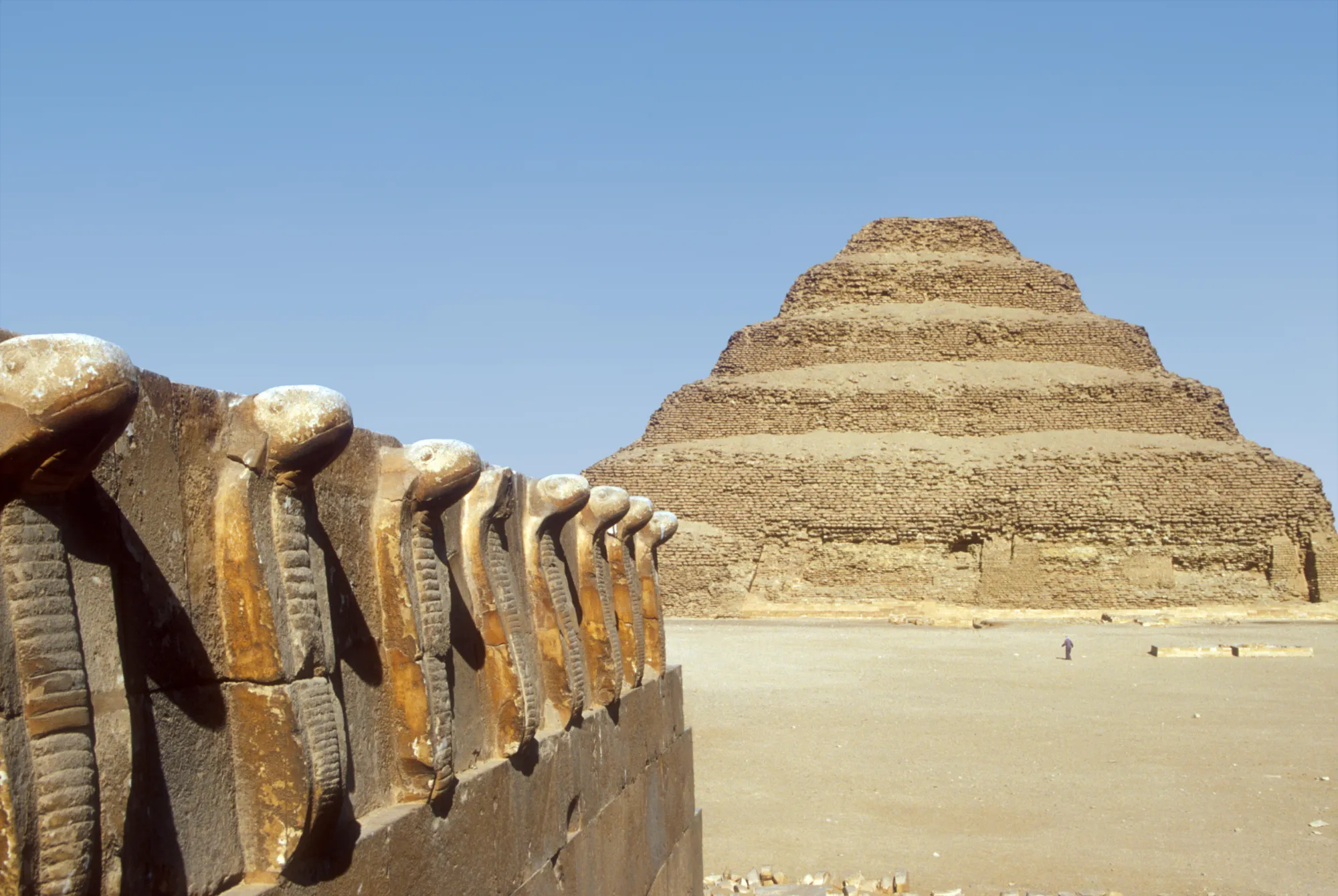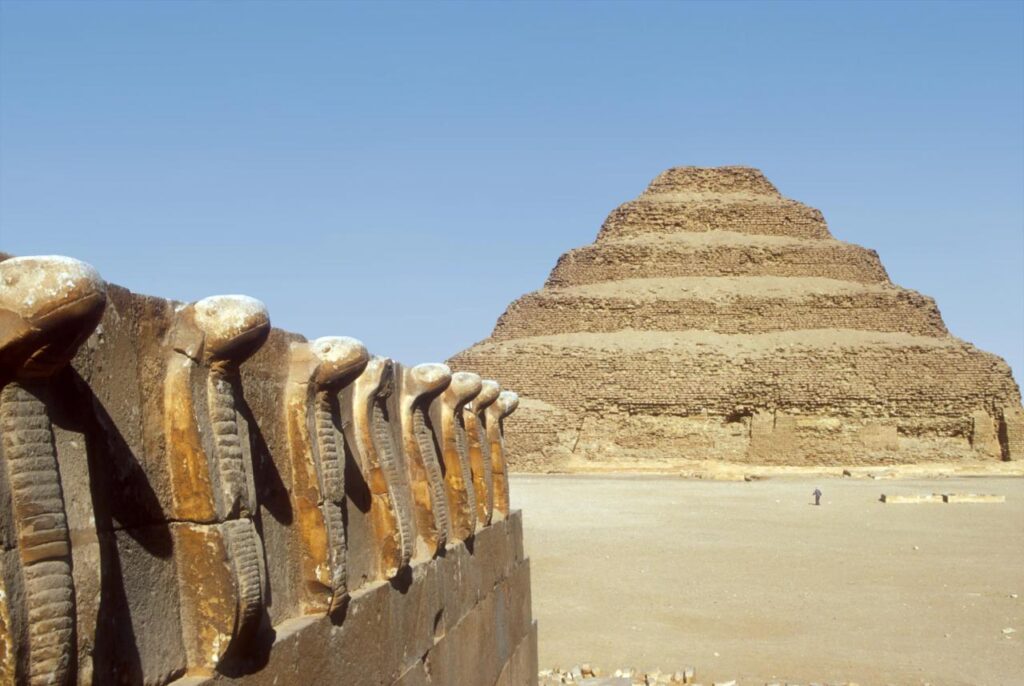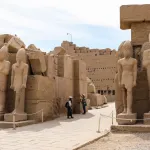
A rare 4,000-year-old limestone relief depicting the seasons of the ancient Egyptian calendar is missing from Egypt’s famed necropolis Saqqara. The theft was reported in a statement by Egypt’s Ministry of Tourism and Antiquities on Sunday.
A British mission had been working in the Fifth Dynasty tomb, which dates between 2500 and 2350 BCE, in Saqqara, just outside of Cairo. The tomb belonged to Khenti Ka, a high-ranking official who held titles including Priest of the Goddess Maat and Overseer of the Royal Palace.
The missing 16-by-24-inch relief depicts the three ancient Egyptian seasons Akhet (inundation), Peret (growth), and Shemu (harvest). It appears to have been cut from the tomb’s wall with an electric saw, according to reports from local media.
“It is not merely a decorative artifact but one that carries profound symbolic meaning related to the cycle of life, agriculture, and fertility in ancient Egyptian belief, which suggests that whoever stole it understood its true value and scholarly significance,” archaeologist Abu Deshish told CBS News.
An archaeological committee was formed to inventory all of the tomb’s contents since the relief went missing. According to the ministry said “all necessary legal measures have been taken and the entire matter has been referred to the Public Prosecution for investigation.”
The mastaba-style tomb complex was initially discovered in the 1950s, but it had been sealed and was used as a storage space until it reopened in 2019. Since its, reopening there have been a number of notable finds at Saqqara, most recently an ancient Egyptian prince’s tomb and that of a pharaoh’s doctor and “magician”.
The loss follows another theft just one week ago, in which an employee at the Egyptian Museum in Cairo stole a 3,000-year-old gold bracelet that once belonged to a pharaoh. It was discovered to have been melted down and sold for a mere $4,000.


